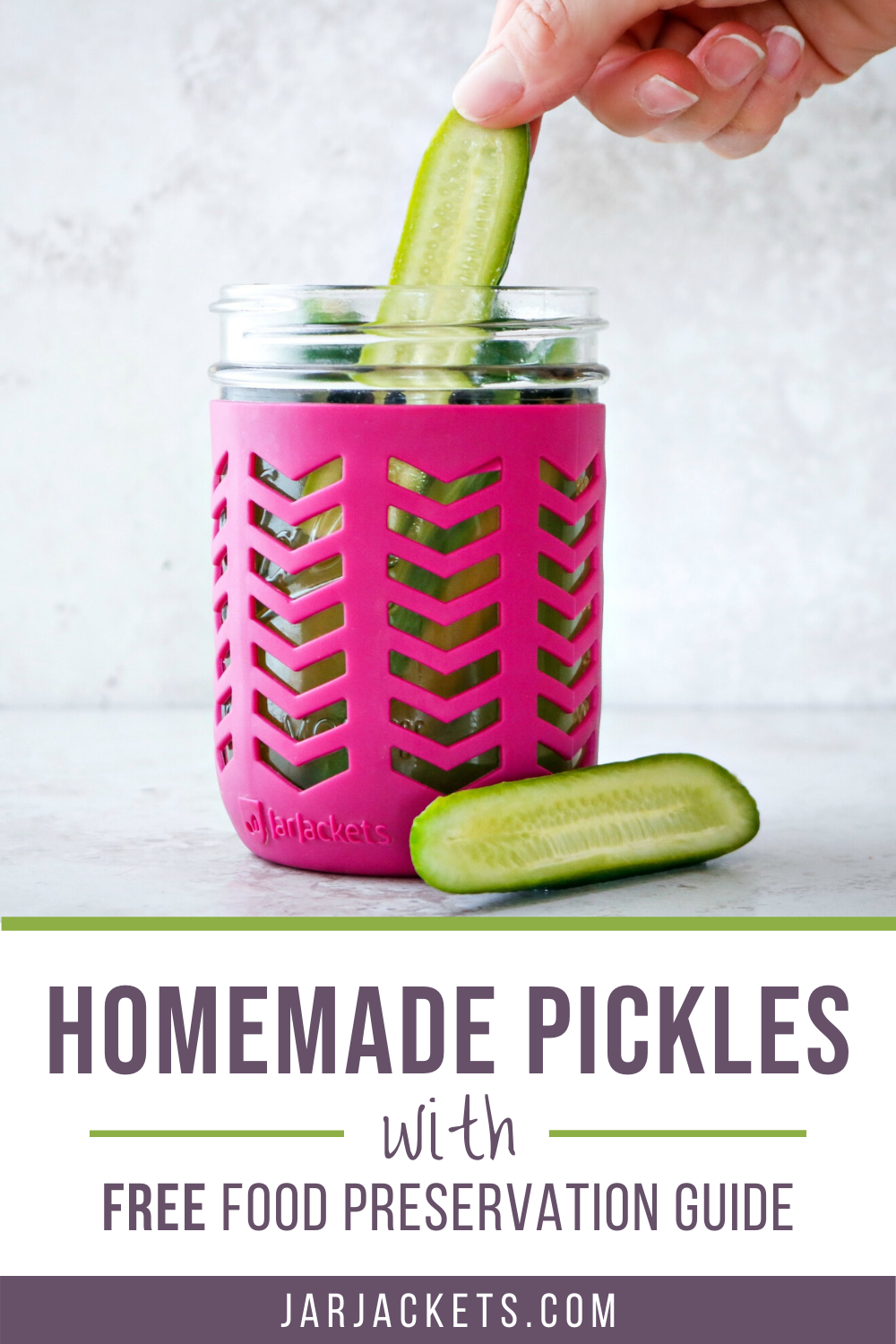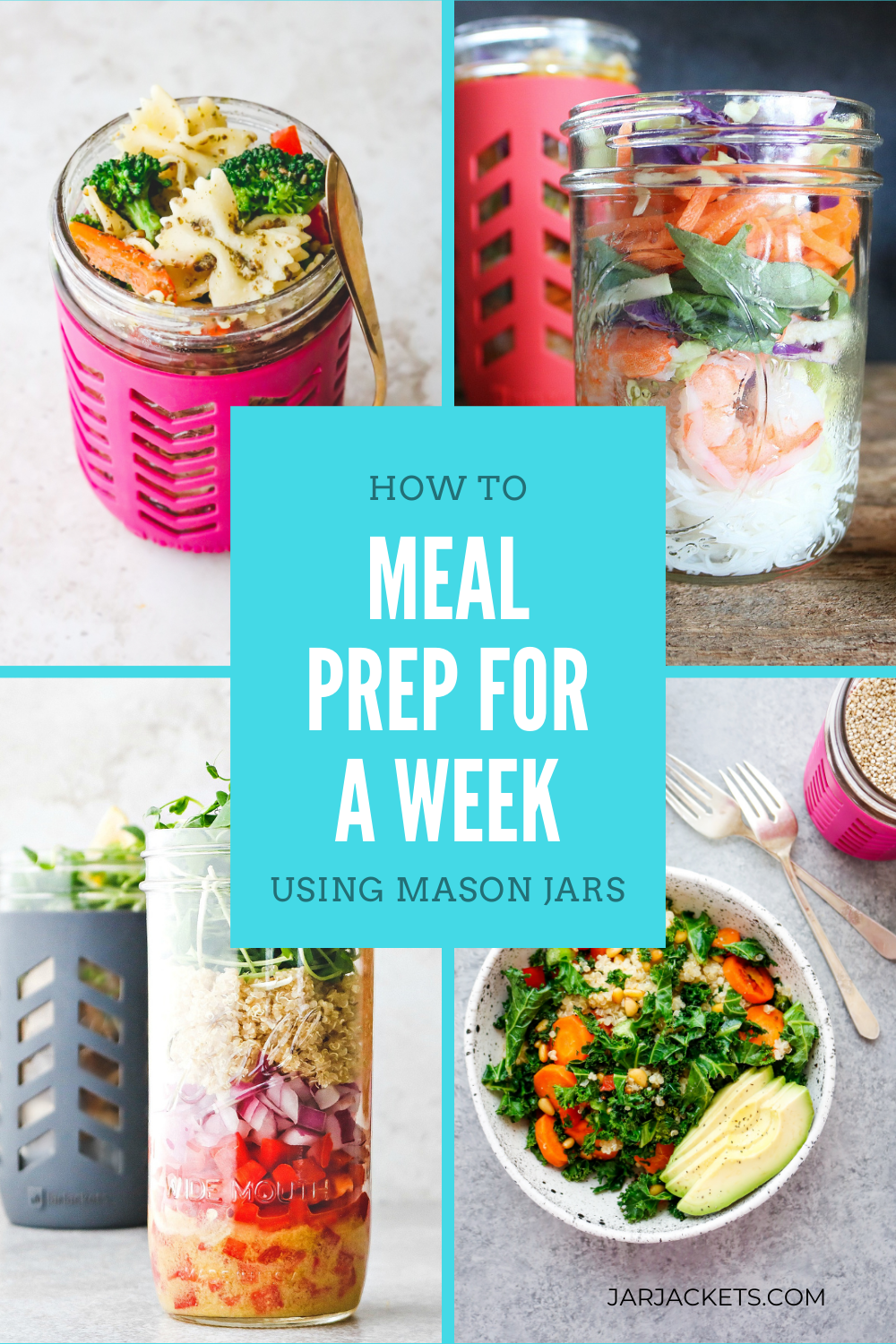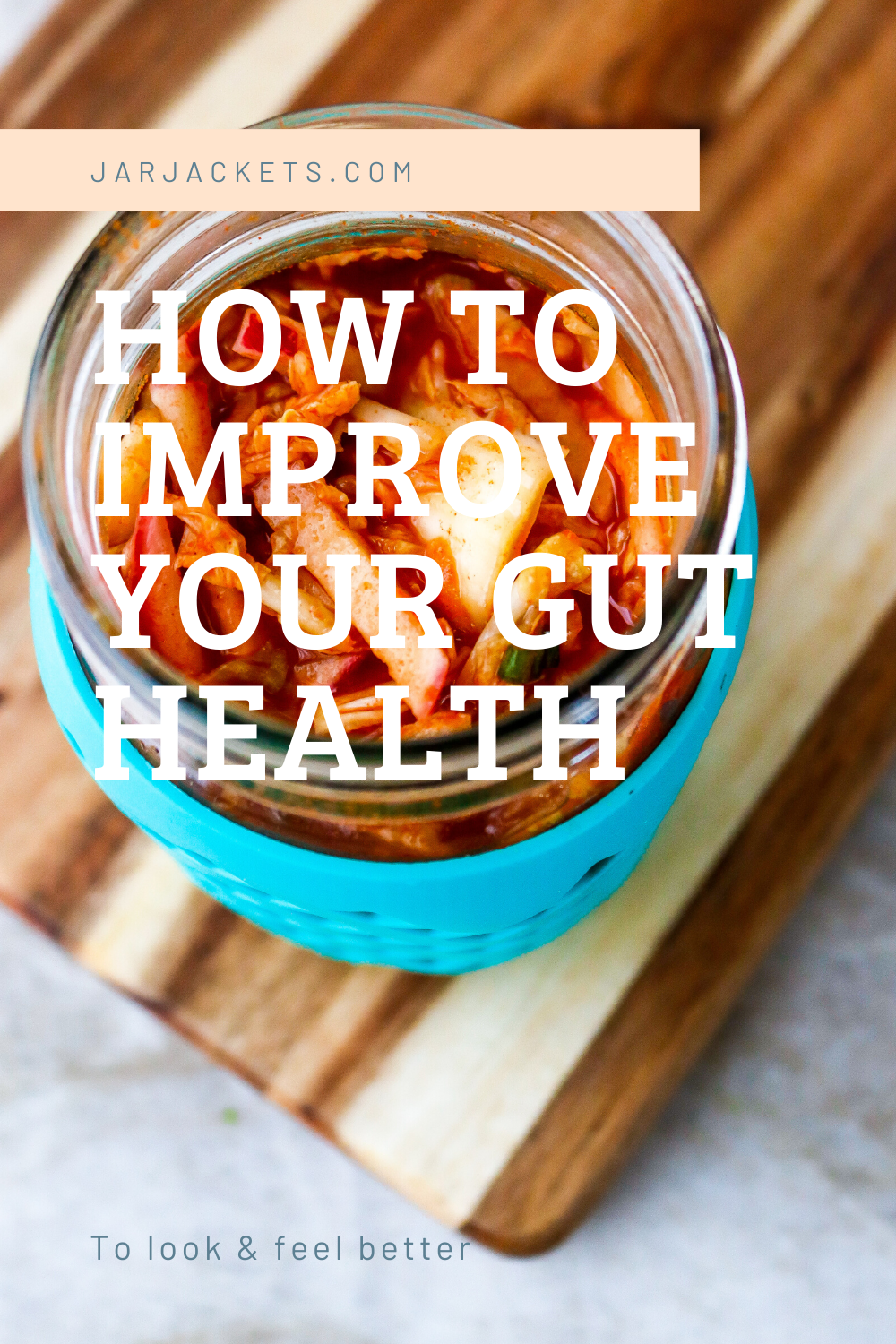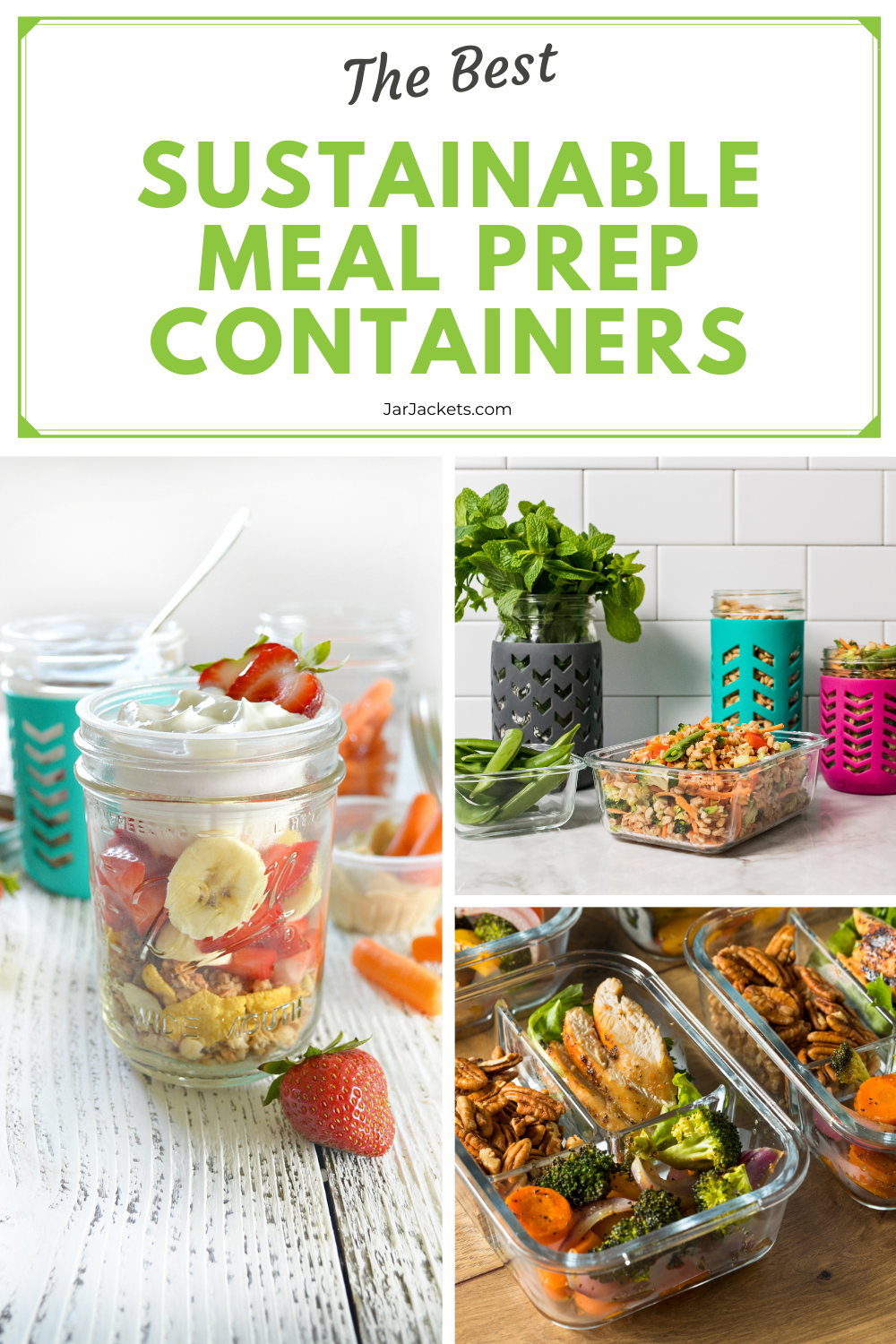Your Cart is Empty
FREE SHIPPING (US ONLY) ON ORDERS OVER $20
FREE SHIPPING (US ONLY) ON ORDERS OVER $20
July 24, 2024 1 min read

Pickling
4
5
5
Have a garden full of veggies that exceeds what you can eat? Then it’s time to pickle!
The technique is as easy as it gets—and can be done to far more than cucumbers. Squash, green beans, beets, bell peppers, cabbage, mushrooms, eggplant, okra, onions, radishes, tomatoes and more can all be pickled.
And here’s the big news: Fruit can be pickled, too. Think pickled pears on a salad, pickled pineapple in a stir fry or pickled peaches served with pork chops.
All you need to get started is water, vinegar, salt, sugar or spices (optional) and Mason jars. Food that’s pickled will generally last a few weeks in the fridge. Processing your pickled foods in a hot water bath will extend the shelf life up to a year. Download our free Food Preservation guide (link below) for more tips on hot water bath food preservation and much more!
But alas, you can never beat the classic dill pickle recipe. So we tested a TON of dill pickle recipes and this one was the hands-down winner. Enjoy!

4 baby cucumber, halved
2 large sprigs dill
1/2 tsp mustard seed
1 tsp peppercorns
1/2 cup apple cider vinegar
1/2 cup water
1 tbsp honey
1 tsp sea salt
Place cucumbers into a 16 ounce wide mouth mason jar. Add dill, mustard seeds and peppercorns.
Bring water to a boil over medium heat. Turn heat off and stir in honey, sea salt and vinegar. Pour brine over cucumbers. Secure lid. Allow pickles to cool at room temperature for 1 hour. Transfer to refrigerator and chill at least 6 hours before serving.
Comments will be approved before showing up.

April 26, 2025 6 min read
We all like the idea of making our families healthy meals, saving money and doing our part to cut down on waste.
But we also like the idea of getting a good night’s sleep, not having a huge mess to clean up in the kitchen after dinner and — just maybe — having time to watch a bit of Netflix or read a book.

April 16, 2025 4 min read

April 09, 2025 2 min read